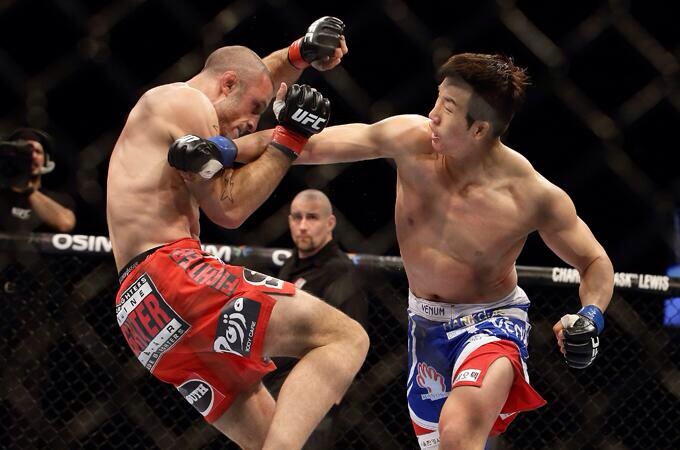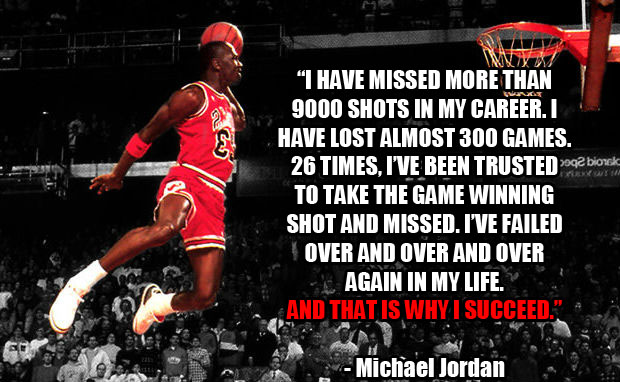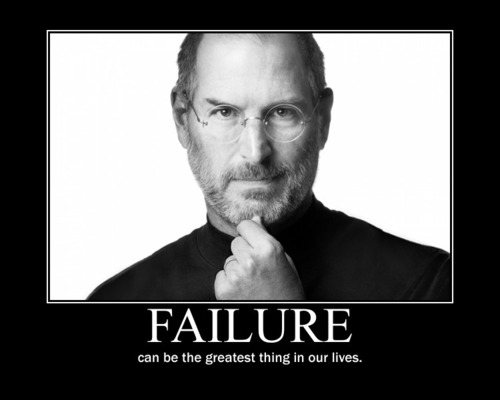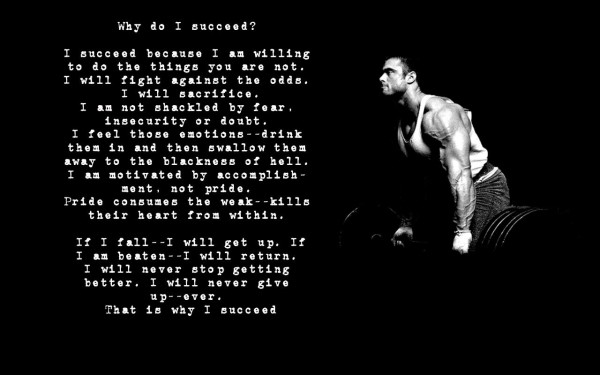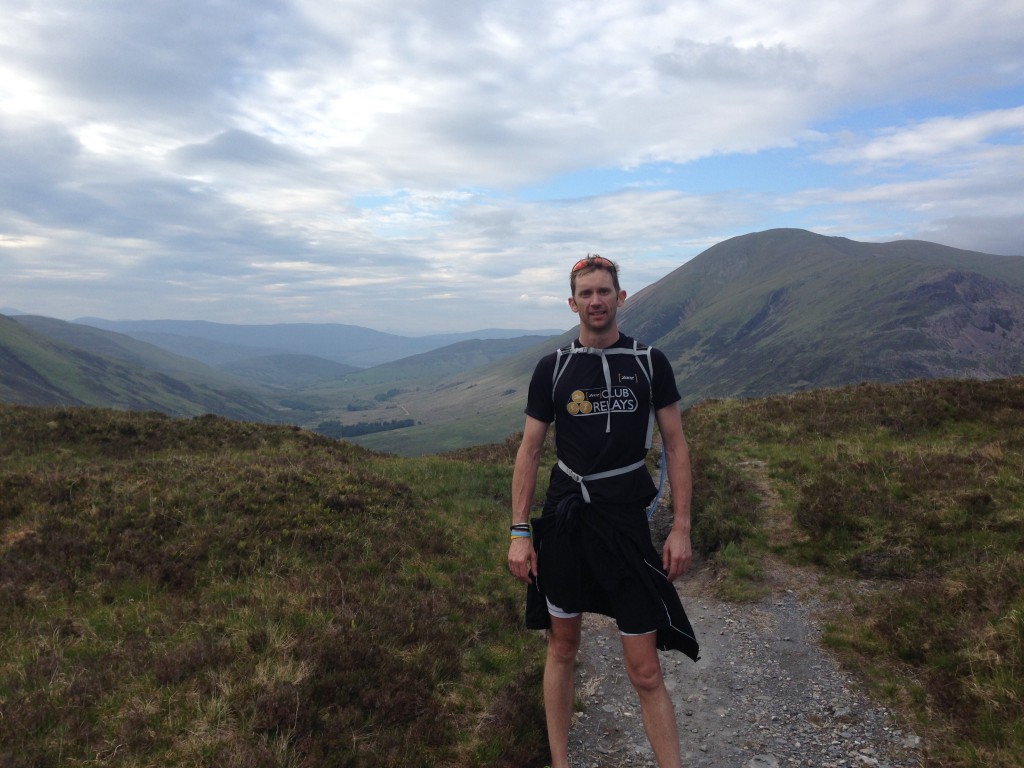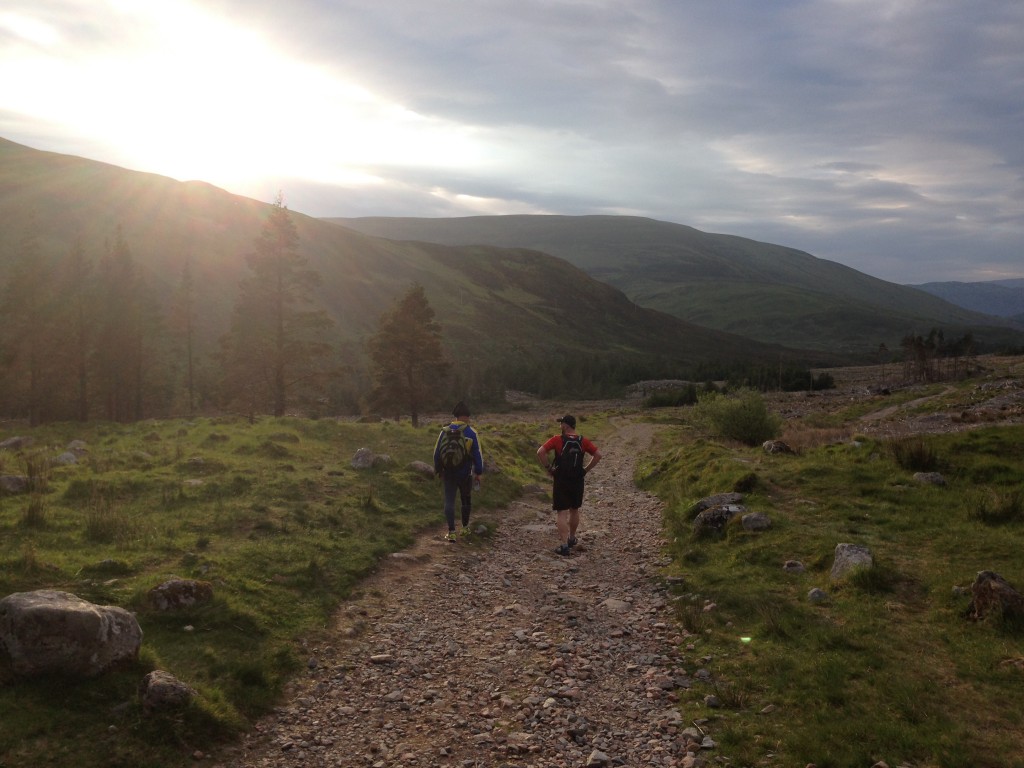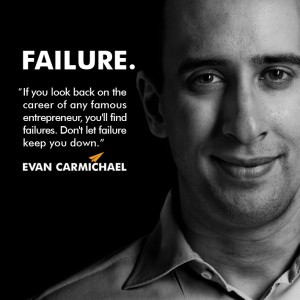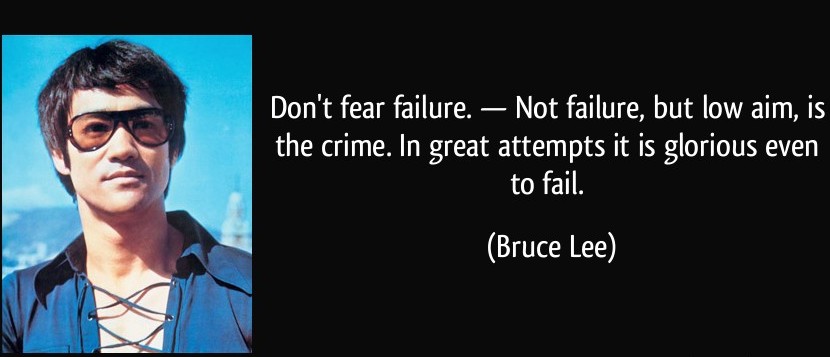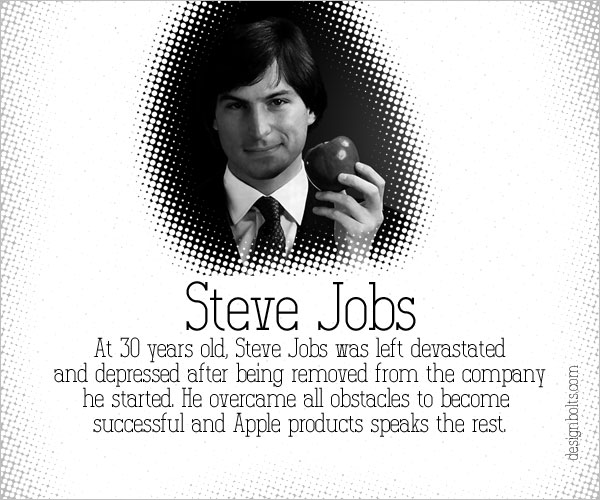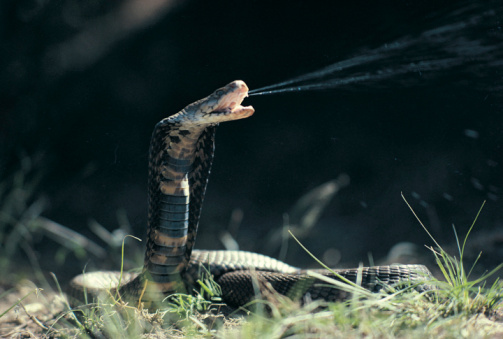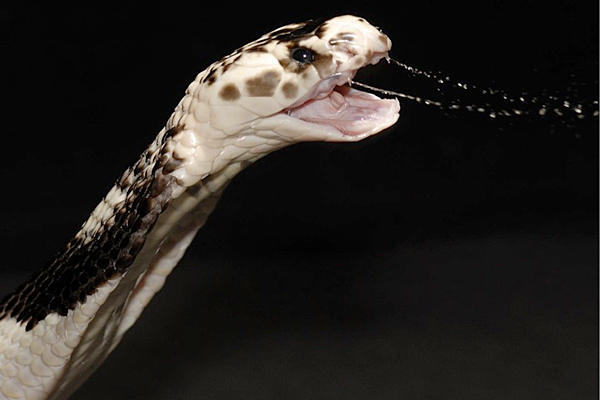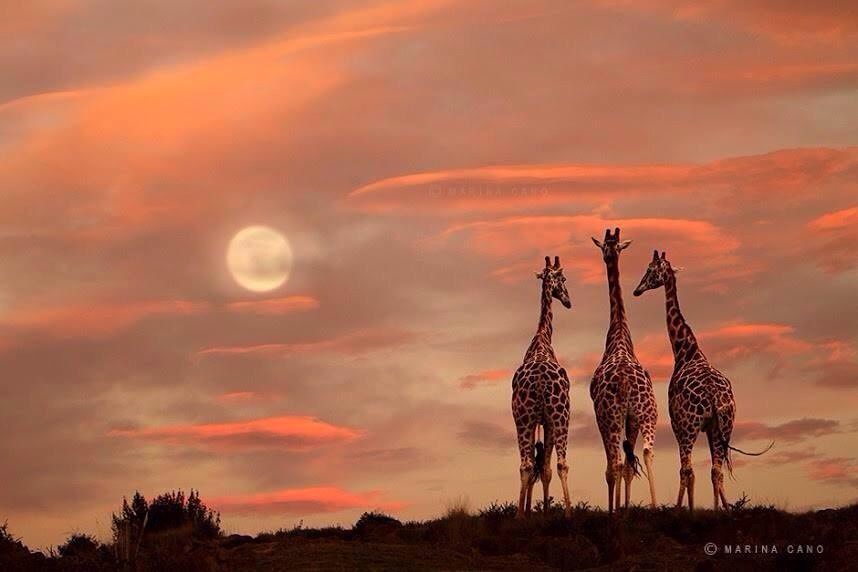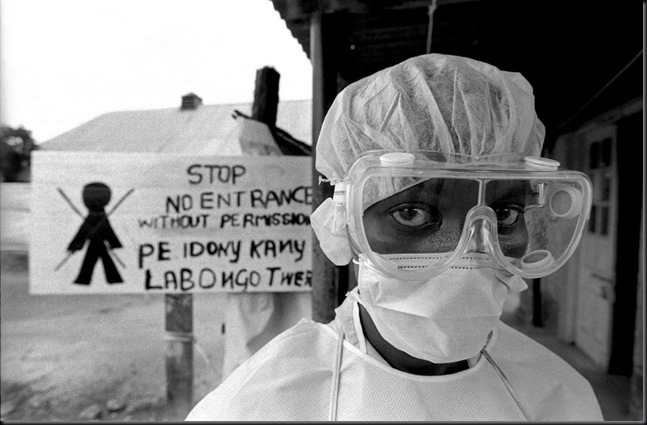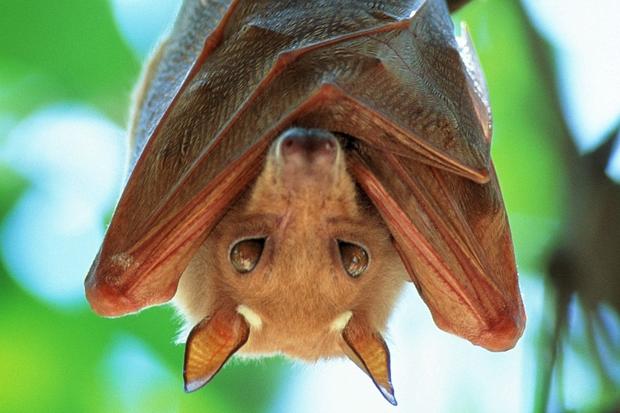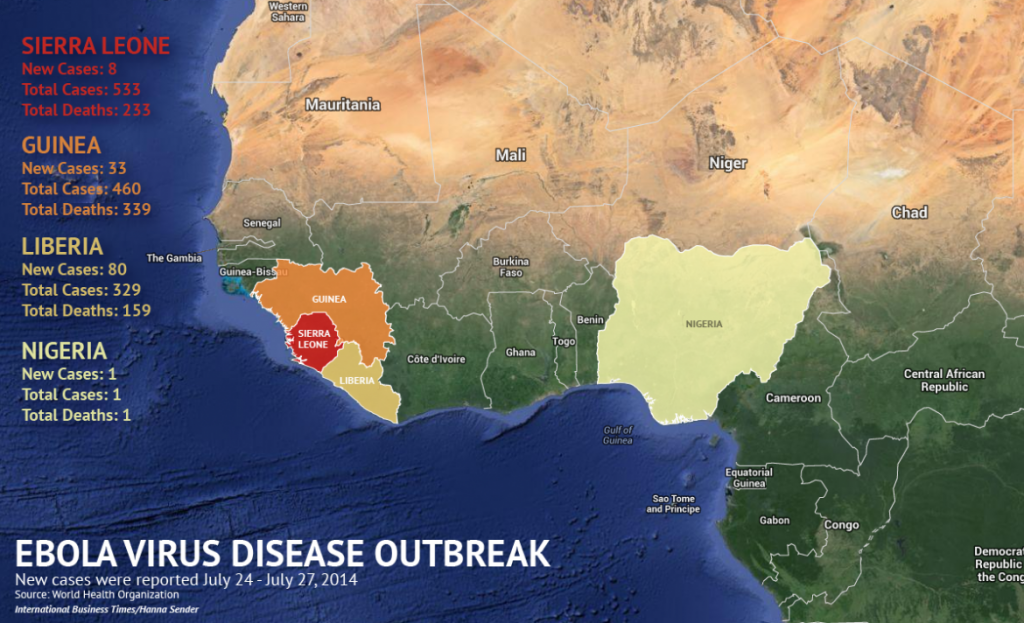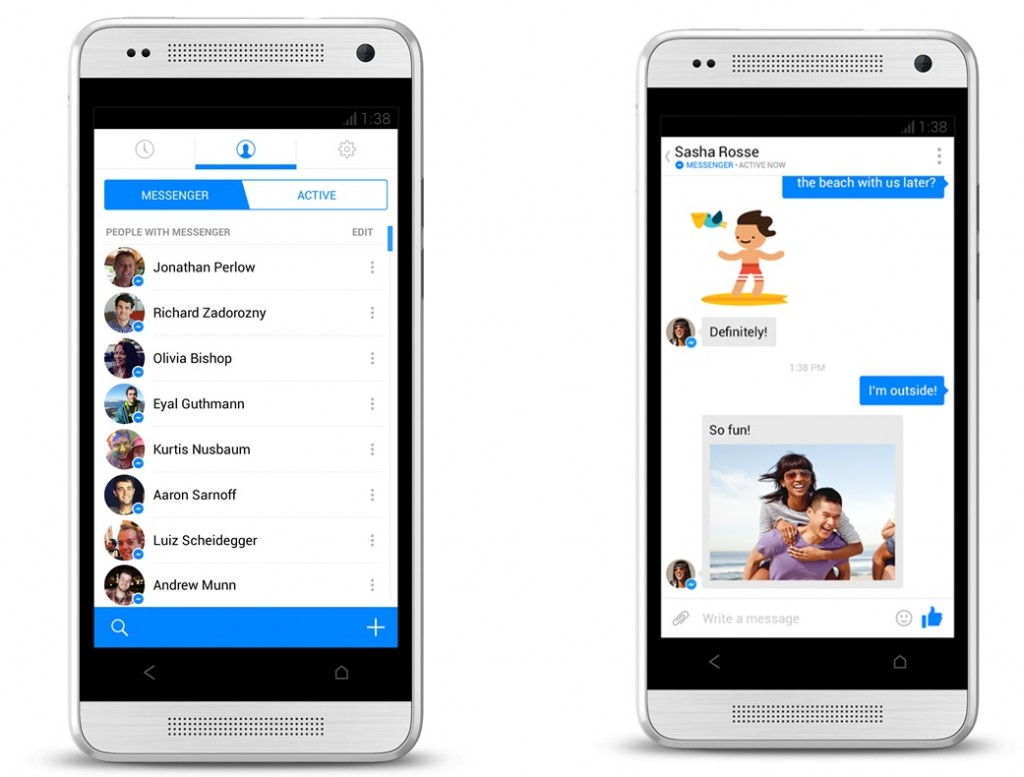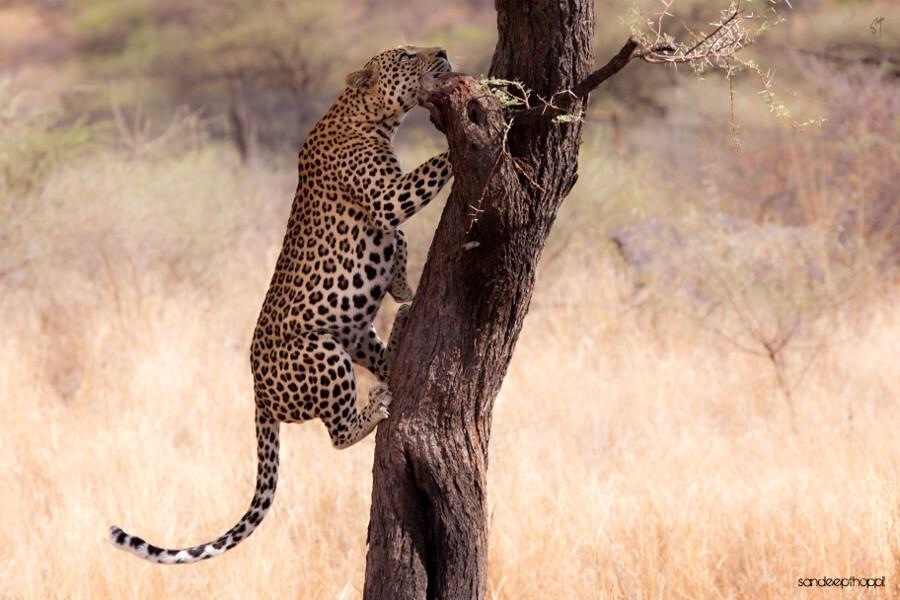Dealing with failure
Dealing with failure

Failure
I guess failure is largely down to perception unless you want to be brutally honest and black and white. You could look at it a lot of different ways and try to take the positives out of your journey that ultimately lead to failure to achieve what you set out to.
I am always fascinated by Mixed martial arts fighters in the UFC. I’m a big fan as they have to train so incredibly hard and have a lot of courage. Can you imagine getting I to a cage with another guy who is at the top of his game both physically and skills wise and really wants to punch you on the nose. That’s gonna hurt! So the fighters put a lot of effort in making sure they do not get smacked on the snout.
Apart from the effort and courage, only one out of the two guys or girls is going to win. Both have probably trained equally as hard as each other but only one will win. There is success or fail. No half way.
Maybe it will be a close fight or maybe one will get steam rolled but even then the one getting steam rolled could still pull a win off like Anderson Silver verses Chael Sonnen. Anderson got beaten up for 4 and a half rounds and then got Chael in a choke hold with his legs and won the fight. But, it means Chael lost, he didn’t become world champion, he didn’t beat Anderson Silver.
My question is how do we look at these things. Do we say well done you did well or do we say you lost. End of. You failed. The human ego is a fragile thing. You have to be strong to deal with failure, get out of bed and go for it again to try and succeed. No one became world champion at anything and never tasted defeat.. Ever..
I have failed at a few things recently. My biggest failure to date is not being with my son every day. I tried everything I could to be with his mother so that I could be with my little boy but it simply didn’t work out. Above all else I felt he deserved to grow up with his mum and dad. I really tried hard and sacrificed a lot to make that happen but eventually it was taken out my hands. And I had to deal with the ultimate failure. I had failed to be there for him every day.
We are so close and have such an amazing relationship that I cherish and am grateful for. I didn’t want to lose that. I still see him a few times a week and we still have a great relationship but I don’t have him with me every day. So I failed.
My second failure was an extreme Ironman I was training for. My friend Darren and I had done the race the year before on only 3 months training. It wasn’t enough for a 2.4mile swim in the North Sea, a 112 mile bike ride which included 4500 metres of climbing and a marathon which included running up and down Ben Nevis in Scotland.
We both finished. It was pretty tough to say the least but we finished. This time we both had the worst pre week possible. I was sick (probably from stress) so wasn’t feeling my best and worst of all I didn’t feel like eating which is rather important when you’re about to burn off 10 000 calories. Darren also had a dodgy tummy.
The day before a little wheel broke on my derailler so that needed running about and fixing. Lucky there was a bike mechanic at the race start so it was all fixed but there were a few other niggles to sort.
Now I don’t eat a lot of carbs anymore as this helps me have a six pack. Mostly meat and vegetables. So when we had a large carb dinner the night before, it transpired it wasn’t the best for me.
After a nice 3.30am wake up call we headed off to a chilly (12 degrees) 2.4 mile swim in the North Sea. The swim went well for both of us despite going a little off course.
The bike started fine but then everything seized up in my back. I was in a huge amount of pain. While I can deal with a lot of pain, I actually started loosing power too. After 40 miles I was stuffed. I had another 20 miles to get to the second check point (we skipped the first) which was seriously hard work and very mentally challenging.
Reaching the check point where my girlfriend and other friends where patiently waiting I told then I was done. I was a wreck. They didn’t get it though, they said I would be fine but I was trying to tell them I really wasn’t.. Not even a little.
Luckily Darren’s wife, Fran is also a skilled therapist so lay me on the grass and gave me a back treatment. This eased it and I felt loads better. I wasn’t really up for eating much. I had eaten more than usual but not enough much to the frustration of my crew who where trying to bribe me to eat by offering sexual favours… I was tempted!
I headed off on the next 20 mile stint feeling better but not 100%. I got through it to the 80 mile check point and got another treatment from fan. More desperation to get food into me and off on the final hilly 30 miles. I actually started feeling loads better which is interesting.
Having lost all sense of competitiveness I decided to wait for my compatriots, Darren and Steve who I thought were not far behind. Transpired they were further back than I thought but still it was good we all headed off on the marathon together at a brisk walk.
After a few miles my body began to break down despite having had a massage while I waited. My body literally couldn’t walk uphill. It almost came to a grinding halt. I started to jog the downhills to make the time back. I found a slow jog was easier than walking. Steve ran off to try and make the next check point before the cut off time while Darren and I soldiered on.
There were a few people and a car at the bottom of a very steep off road accent. About 2 km uphill at about 30 to 45% incline so no walk in the park. Darren said it was last chance saloon to turn back. I simply didn’t have that button to stop.
I had sent a text to the girlfriend saying I was concerned I really wasn’t going to make it. All I got back was “you’re fine”. Awesome!
So I headed up the steep incline and miraculously I found another gear and Darren struggled to keep up. I had done a lot of steep uphill training and obviously my body remembered this and I was using a different set of muscles. We actually caught Steve back up.
It is an extremely tough climb and the ground is rough and soggy to boot. However we got to the top and headed down the other side. A rough goat track with rocks and water. I didn’t make good time and probably should have tried to run. We did a river crossing at the bottom and headed up and onto a dirt road towards the 18 mile check point.
It became apparent we were not going to make the time limit at 18 miles in order to head up Ben Nevis. Steve was ahead of us and we were hoping he was going to be in time. It turned out later he hurt his knee to although he made the check point, he couldn’t go any further.
I was enjoying the environment as we caught up another guy soldiering on by himself. He was actually a local but still found it extremely hard going. The midges made an appearance which were slightly annoying / driving us slowly insane.
We reach a vehicle and some race organisers at about 12 miles who insisted it was time to call it a day. I would have been happy to keep going to 18 miles but the midges were getting frustrating and we didn’t really have a choice.
So.. We didn’t finish. We failed.
Do we focus on our failure or on our enjoyment of the journey? Do we take the positives out the situation and be realistic compared to the time available to train verses what we really needed to have done to complete the event? Or do we acknowledge we were simply too weak to focus and commit to our training which led to our failure and next time we need to try significantly harder and be significantly more focused and determined to put the work in?
It is a interesting set of questions. It is always important to be positive and not beat yourself down with negativity however you need to accept failure and come back stronger next time. Failure is part of life and it is how you deal with it and bounce back that defines you as a person. Defines your character and strength.
Be positive but don’t kid yourself. You did fail and you have to work harder to not fail the next time. At least we never broke the rule of never, never, never give up. However close it was.
I always used to say that failure is not an option. Until I heard someone (Chael Sonnen) say that failure is always an option. The option is always there for you to take. Just choose not to fail.

